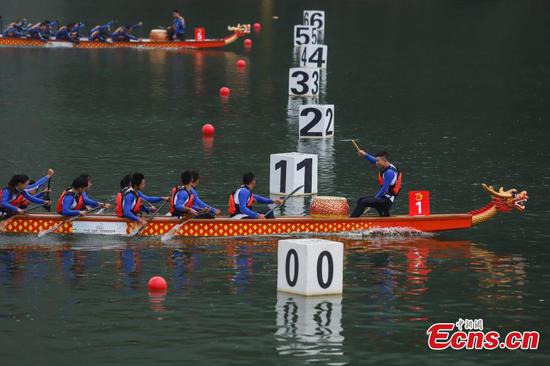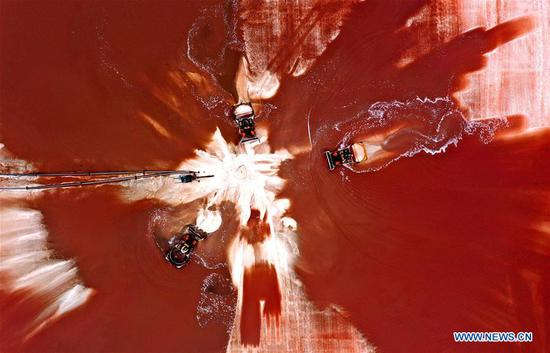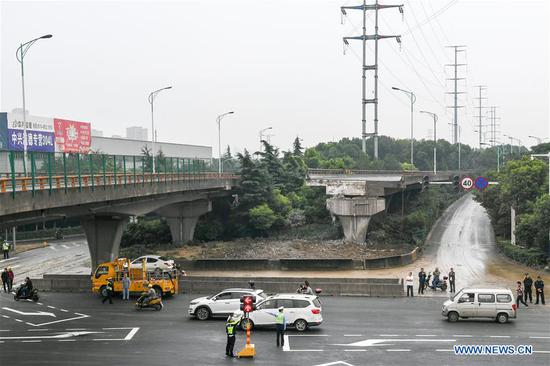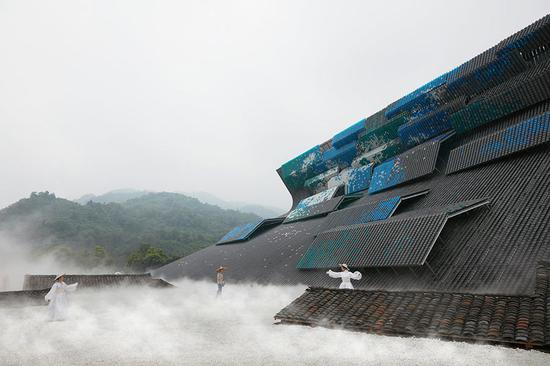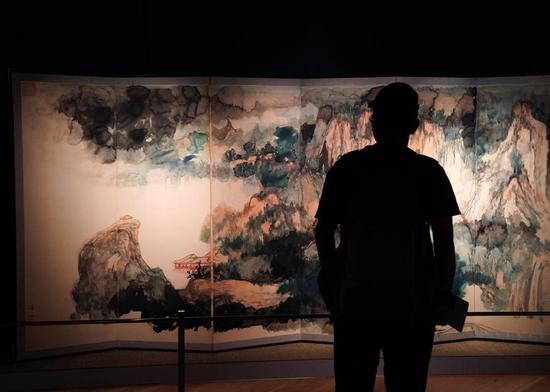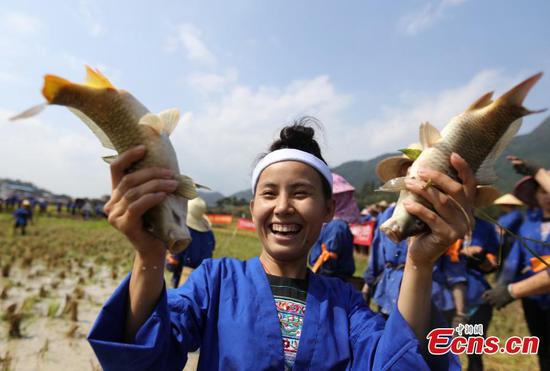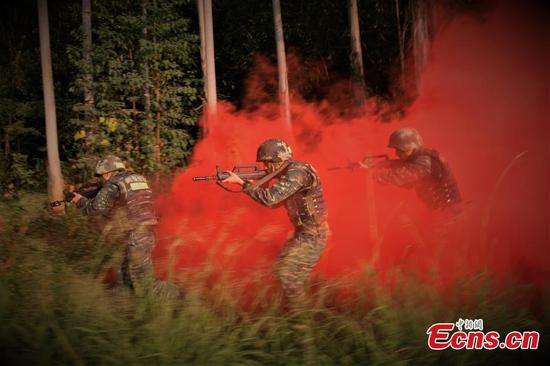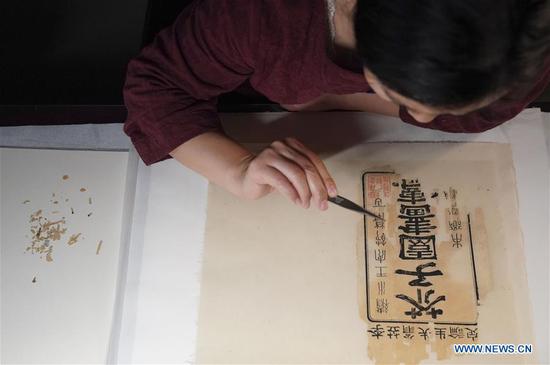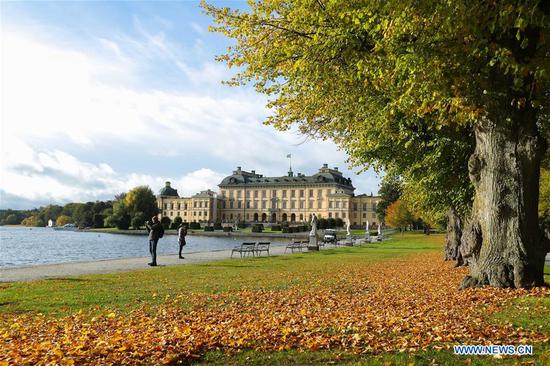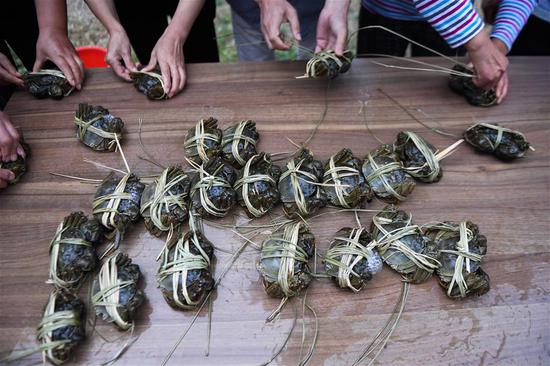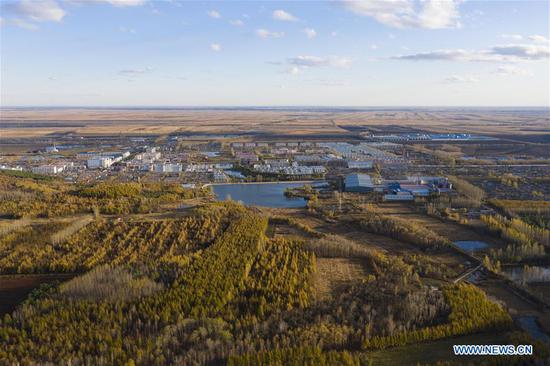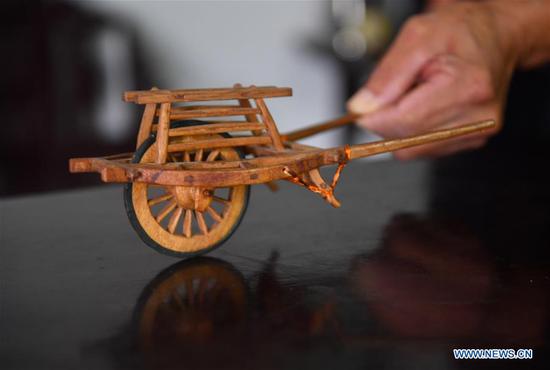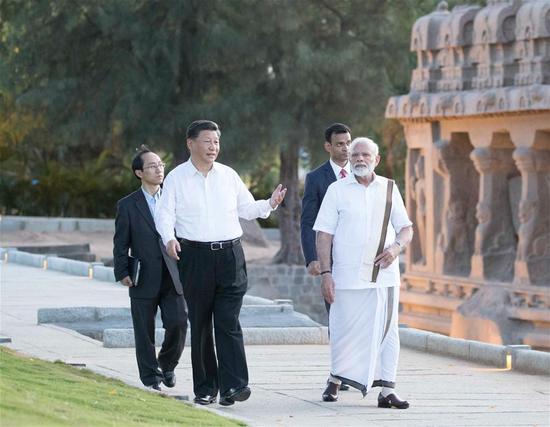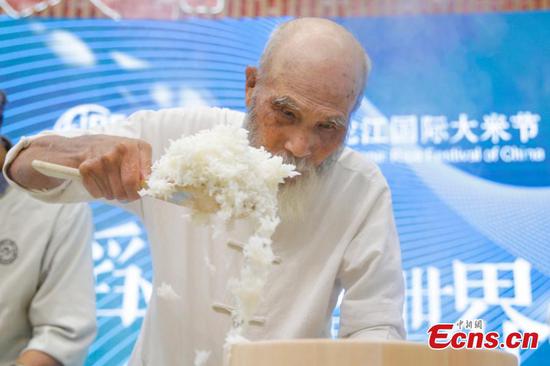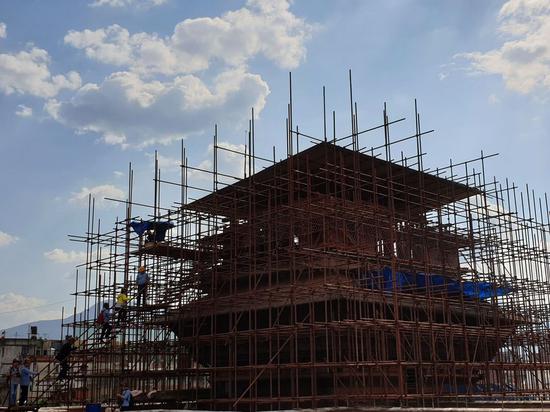
LEARNING FROM EACH OTHER
The Basantapur complex amazes people with its exquisite and sophisticated wooden sculptures. "To restore or make a copy of them is the most challenging task, as the ways Nepali ancestors followed are totally different from the Chinese (ways)," Zhou said.
"Upon carving, Chinese people will first make a design to follow, but for Nepalese, they can directly carve the Buddha, gods and other animals and monsters in different shapes according to their religion. All the designs have been carved in their minds," Zhou said.
To find qualified artistic carpenters, the Chinese team visited many Nepali villages to invite skilled workers to join the restoration team.
Sanu Kaji Shakya from the village of Bungmati has worked in the restoration project for the last 18 months. "I feel proud that I could help in the reconstruction of this nine-storey building. I have an experience of 20 years in carving. I learned it from the older generations: fathers and brothers and seniors."
Shakya and his fellows are tasked with fixing the damaged sculptures and statues with original materials, and making new ones to replace the lost ones. A small wooden pillar needs two days to complete, while a piece of a delicate god statue may take them one week or longer.
As a joint venture, the Chinese and Nepali sides sometimes have different ideas and principles. The Chinese team insists on the principle of "minimum intervention," but the Nepali side wants brand-new replacements.
"From the beginning, our Nepali counterparts didn't agree with our thoughts of repairing the old," said Zhou, adding that the Nepali side gradually accepted the Chinese principles of restoring heritage pieces by "rebuilding the soul of the relics."
"Restoring the temple is a journey of learning from each other," said Guo Qianru, a CACH member working on the Basantapur complex project. "We shared our experiences and management with the Nepali side, and they also taught us about Nepali culture, religion and their traditional crafts. It is an exchange between different civilizations."









